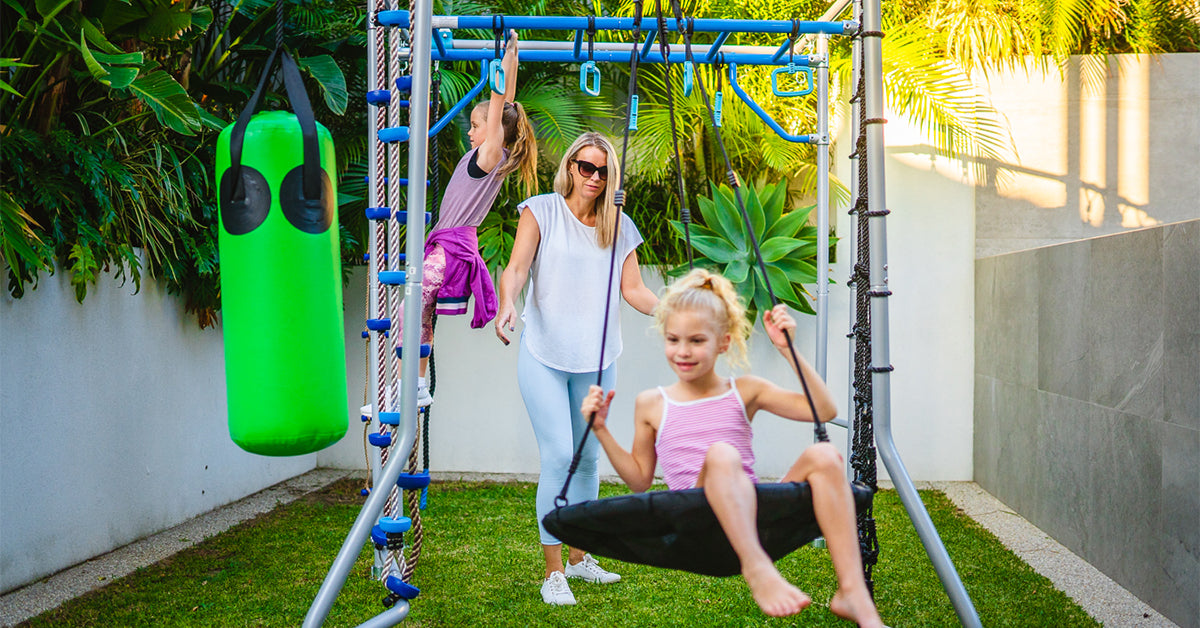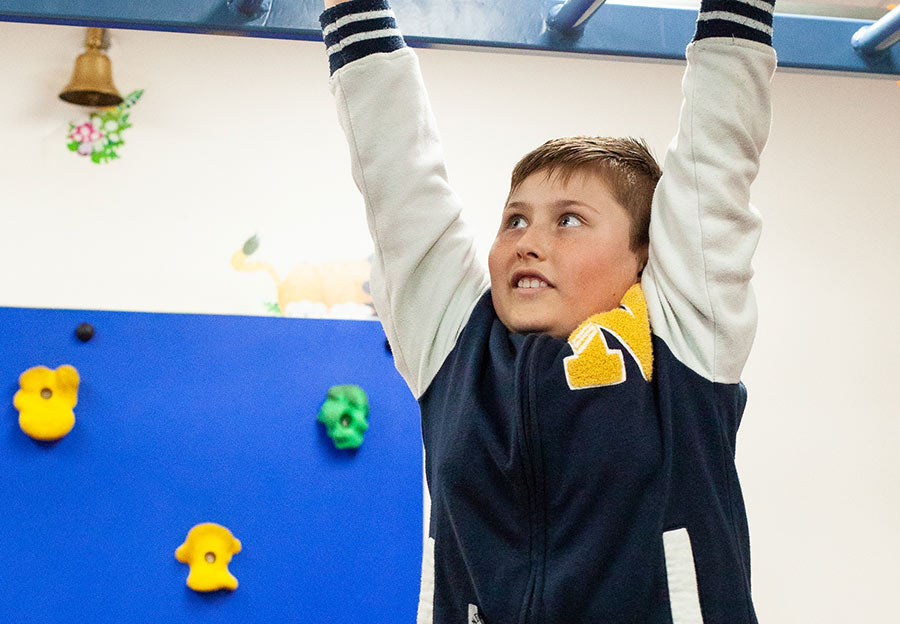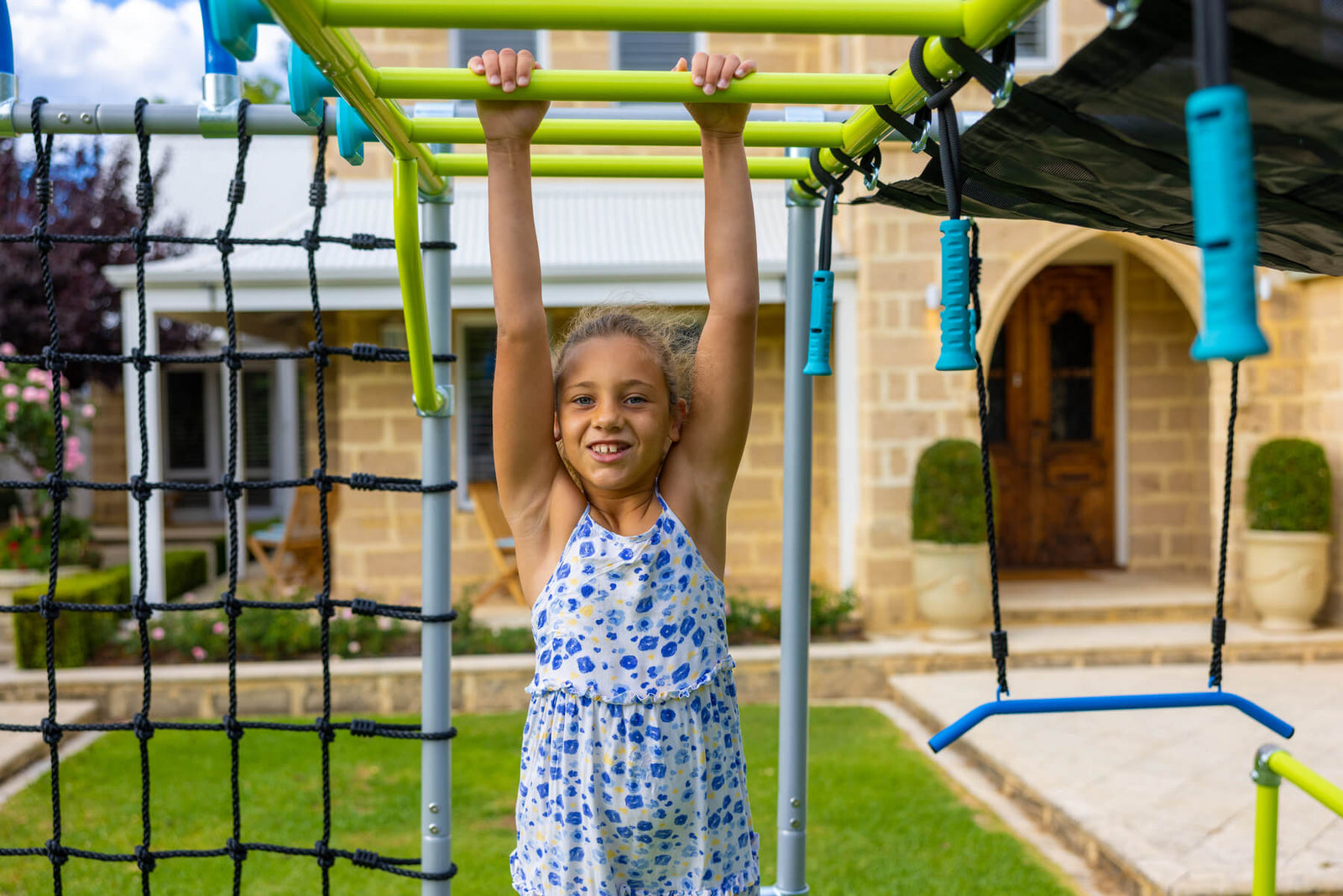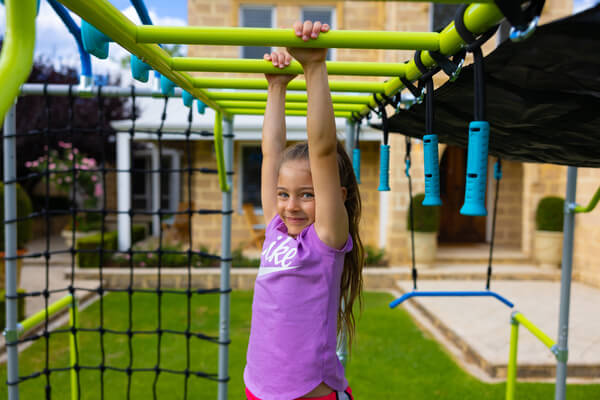It has long been heralded the ‘Great Australian Dream’- a home amongst the gum trees, with plenty of space for kids and pets to roam and play, along with a swimming pool and some play equipment to keep the little tackers entertained. Let’s not forget the spacious deck for those all-important backyard barbies and why not throw in a shed to store the camping equipment and bikes - it sounds like a winner!
But how realistic is this picture of backyard bliss today? Australian backyards have changed rapidly since the early 90s and what used to be the norm, has now become a rarity.
It may surprise you to know that Australia is one of the most urbanized countries in the world. In 2019 a whopping 86.12% of Australians lived in cities and this figure is slowly but steadily increasing. This trend isn’t only symptomatic of Australia; cities worldwide are seeing an increase in high-density living, with a tendency to try and accommodate more and more people in urban and suburban areas.
As a result, here in Australia the face of the classic Australian backyard is changing. According to the Australian Bureau of Statistics the average Australian house is now built on an average block size of just 474sqm. New housing developments reflect a preference for larger dwellings, resulting in smaller backyards.
The early 90s saw a dramatic shift in indoor versus outdoor spaces which continues today; people are tending to opt for large, airy, internal spaces with fewer windows and large integral garages. This leaves less space in the yard for trees, plants and most importantly - space for children to run and play.
What implications does this have for our children today? We don’t want our backyards to lose their appeal in an age when children are already often lured indoors and away from active play, by the availability of digital devices.
One could reason that increases in, and upgrades of, public play spaces counteract the shrinking of the Australian backyard. Many new housing developments have bright, fun, innovative playgrounds which appeal greatly to families with young children. Whilst these play spaces are welcomed it is always good to have the option of sending the kids ‘out the back’, for some unstructured, energy-burning action.
Parents, councils and childcare facilities tend towards a risk-averse mindset when it comes to the design of playgrounds, encouraged by the threat of litigation and/or injury. In fact society today is actually safer than it has ever been, although in Australia, child health has declined steadily over the last few decades. Diet is a major contributor to this decline, but there has also been a big drop in children’s physicality and strength over the last couple of decades.
So what solutions do we have to make the most of the outdoor space available to our families – how can we utilise our shrinking backyards so that kids are encouraged to run and jump and climb and swing and take risks - all those things that help them grow and develop into healthy young adults?
Creative thinking is the key here and that’s where Growplay has done the hard work for you, with a range of monkey bars designed specifically for compact backyards. The name of that range? The Compact of course! The playsets in The Compact range have a footprint of just 2.2m by 1.9m – designed to fit into even the smallest of backyards. Although small, The Compact is packed with fun features, including monkey bars, a swing, climbing net, rope ladder, trapeze and gym rings.

Children today can be just as active outdoors as their mums and dads were back in the day, and that can start in their own backyard. We just need to adapt our vision of the ‘Great Australian Dream’ and think outside the square, focusing on the developments of top quality play equipment, rather than the limitations of our backyard spaces.




